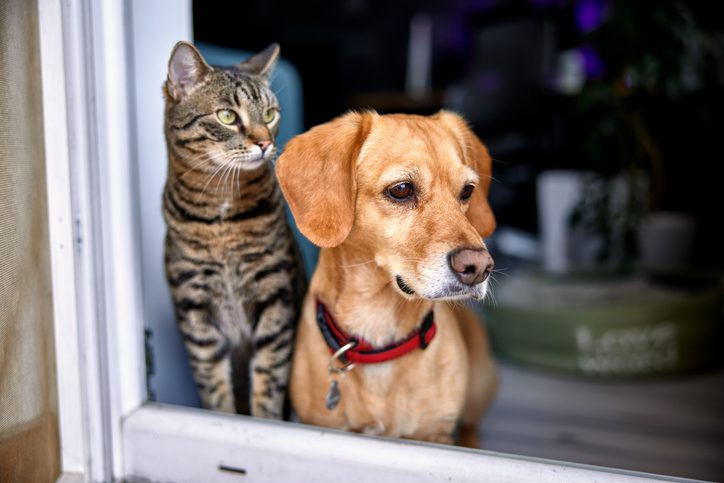
“Navigating insurance implications of new pets as a busy parent: what you need to know.”
Summary Bullets
- Did you know certain pets could impact your insurance coverage or increase premiums?
- Have you considered how a new pet may impact your liability insurance, especially concerning pet-related damage to your home?
- Want to avoid any surprises regarding insurance coverage for your new furry friend? Read on for the whole story.
Pets are a fantastic addition to any family. They bring joy, companionship, and unconditional love. Our cocker spaniel provides that in our home. However, when it comes to getting a pet, especially a dog, specific insurance considerations should be considered, particularly with certain breeds.
While most insurance companies love pets and are happy to cover them in homeowners’ and renters’ insurance, some have restrictions and limitations regarding certain dog breeds. This is because some breeds are considered high-risk because they tend to be aggressive or cause harm. The insurance company’s main concern is liability in case of a dog-related incident on the property.
The breeds typically considered high-risk by insurance companies include but are not limited to Pit Bull Terriers, Rottweilers, Doberman Pinschers, and German Shepherds. This is not to say that these breeds are inherently dangerous, but rather that they have a higher likelihood of causing harm based on historical data and statistics.
Suppose you have one of these breeds or are considering getting one. In that case, it’s important to check with your insurance provider to see if they have any restrictions or limitations. Some insurance companies may require additional coverage, higher premiums, or even refuse coverage altogether if you have one of these breeds.
Sometimes, you may need a separate pet liability insurance policy to cover these high-risk breeds. This policy would provide coverage for any damages or injuries caused by your pet, and it can give you peace of mind knowing that you are protected in case anything happens.
It’s also important to note that even if your dog is not a high-risk breed, your insurance policy may still have limitations on coverage for dog-related incidents. For example, some policies may cap liability coverage for dog bites or exclude coverage for certain breeds altogether.
To avoid any surprises or gaps in coverage, it’s best to be upfront with your insurance provider about the type of pet you have or plan to get. This will allow them to provide you with the correct information and options for coverage.
In addition to checking with your insurance company, it’s also a good idea to take proactive measures to reduce the risk of a dog-related incident. This can include enrolling your dog in training classes, socializing with other dogs and people, and ensuring that they are properly supervised and restrained in public.
Ultimately, while insurance considerations for certain dog breeds may seem daunting, it’s important to remember that they are in place to protect both you and others. By being aware of these considerations and taking the necessary steps to address them, you can ensure that your furry family member is well taken care of and that you are adequately protected. And above all, remember that all dogs deserve love and care, regardless of their breed.
Take the first step towards peace of mind and learn how a new furry friend could impact your insurance coverage. We would happily discuss it with you.
